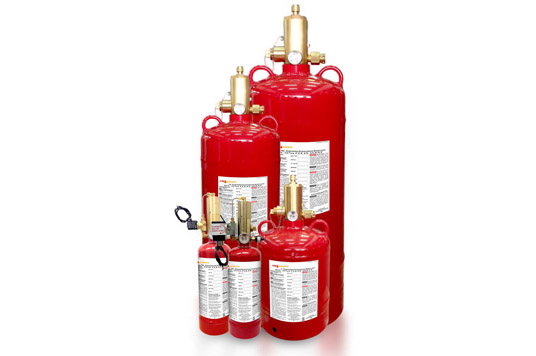
Fire is a relentless force that can devastate lives and property within minutes. To safeguard against this destructive element, businesses and organizations turn to advanced fire suppression systems like FM-200. FM-200 is a popular choice due to its effectiveness, safety, and environmental friendliness. If you’re considering purchasing an FM-200 fire suppression system, here are some crucial tips to guide your decision-making process. See over here to find the best place for a FM200 refill.
Assess your fire protection needs:
Before diving into the world of FM-200 systems, it’s essential to evaluate your specific fire protection needs. Consider factors like the size of the area to be protected, the nature of the materials inside, and the potential fire risks. This assessment will help you determine the system’s size, capacity, and configuration required to adequately protect your space.
Compliance with regulations:
Fire safety regulations and codes vary by region and industry. Ensure that the FM-200 system you select complies with local, national, and industry-specific standards. Non-compliance can result in costly fines and, more importantly, a compromised level of fire protection.
Choose a reputable supplier:
Selecting a reputable supplier is paramount when purchasing an FM-200 system. Look for companies with a proven track record in designing, installing, and maintaining fire suppression systems. Read customer reviews, request references, and verify their certifications to ensure you’re dealing with experts who prioritize safety.
Understand the total cost of ownership:
While the upfront cost of an FM-200 system is significant, it’s essential to consider the total cost of ownership over its lifespan. This includes installation, maintenance, and refill costs. Some systems may require less maintenance, while others offer better longevity, so weigh these factors carefully.
System configuration:
FM-200 systems come in various configurations, including total flooding and local application. The choice depends on your specific needs. Total flooding systems release the extinguishing agent throughout the protected area, while local application systems target specific fire hazards. Work with your supplier to determine the most suitable configuration for your facility.
Environmental impact:
One of FM-200’s key advantages is its low environmental impact. Unlike older fire suppression agents, it does not contribute to ozone depletion. Nonetheless, it’s crucial to consider environmental factors when choosing an FM-200 system. Ensure it complies with regulations regarding greenhouse gas emissions and has minimal impact on the environment.